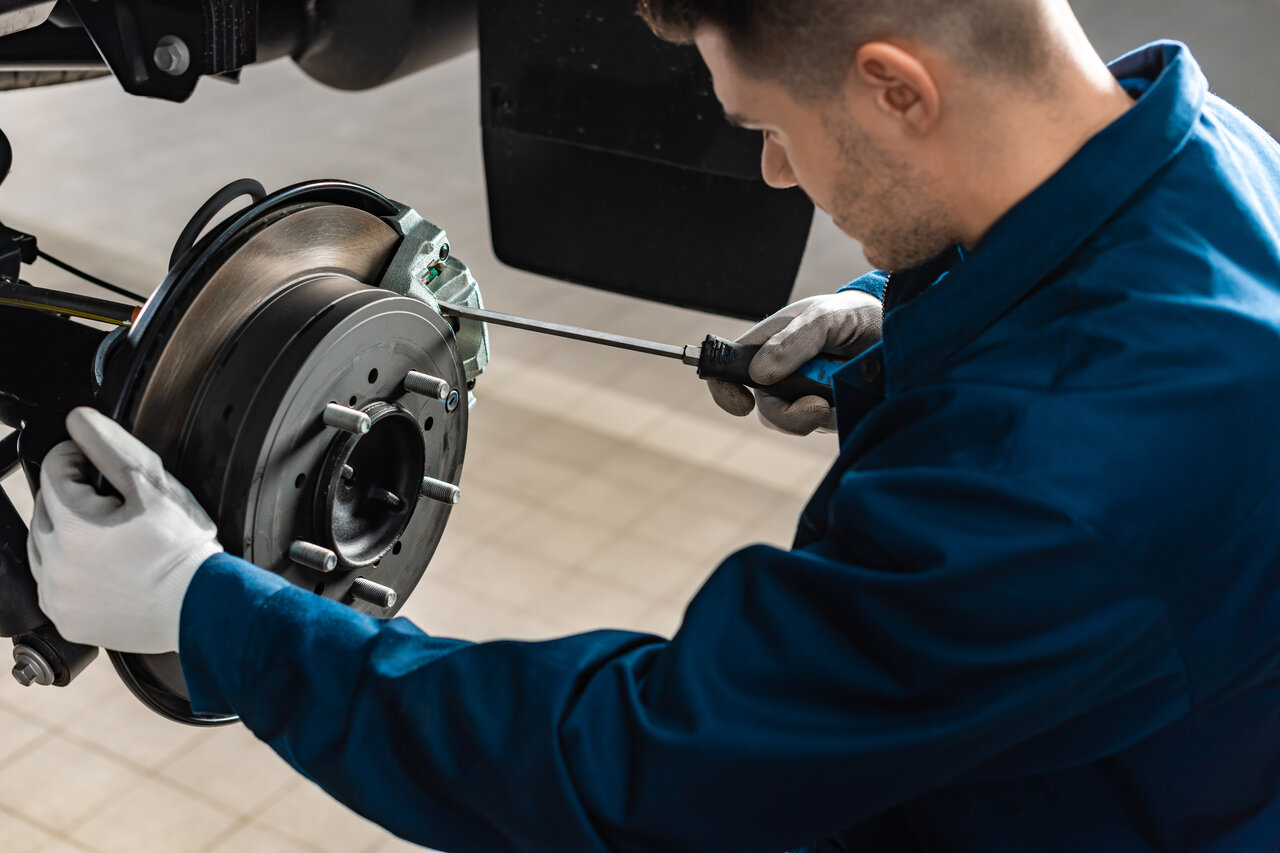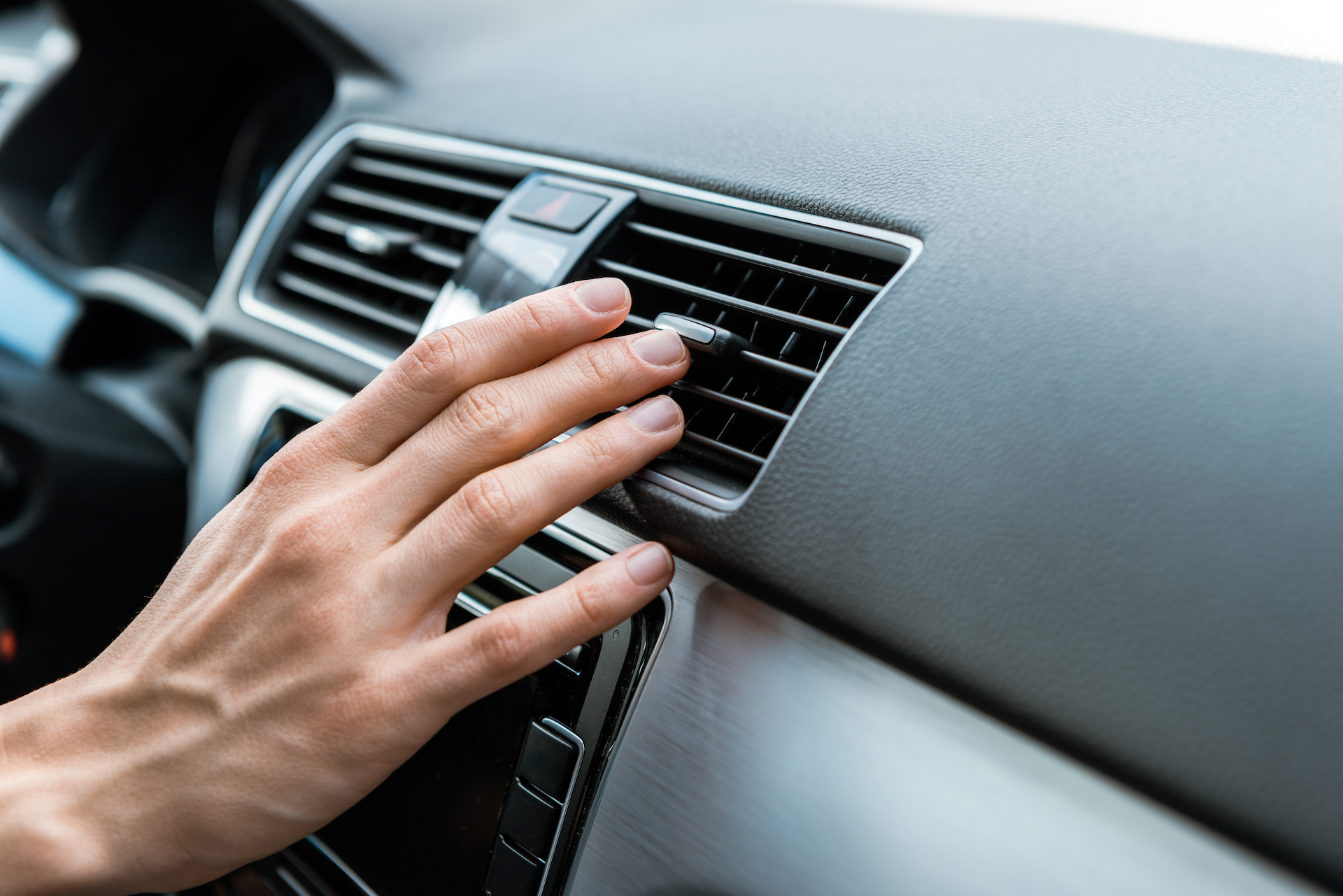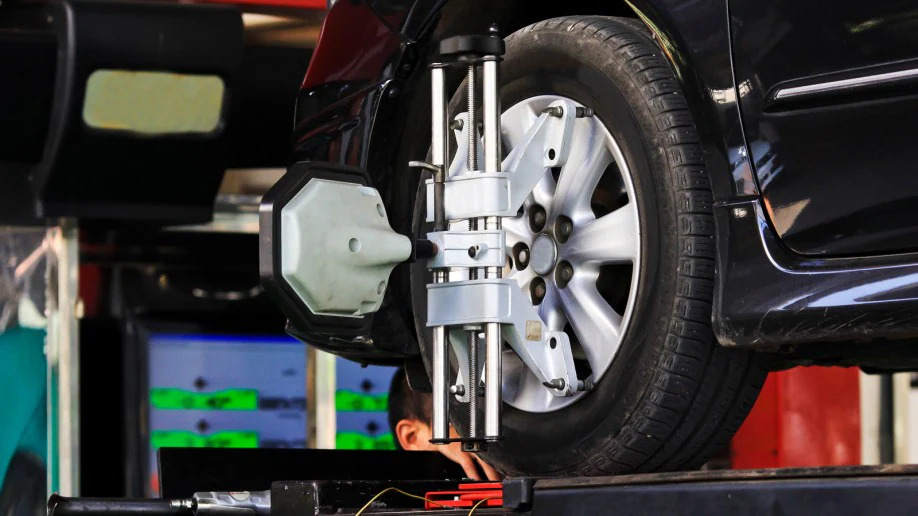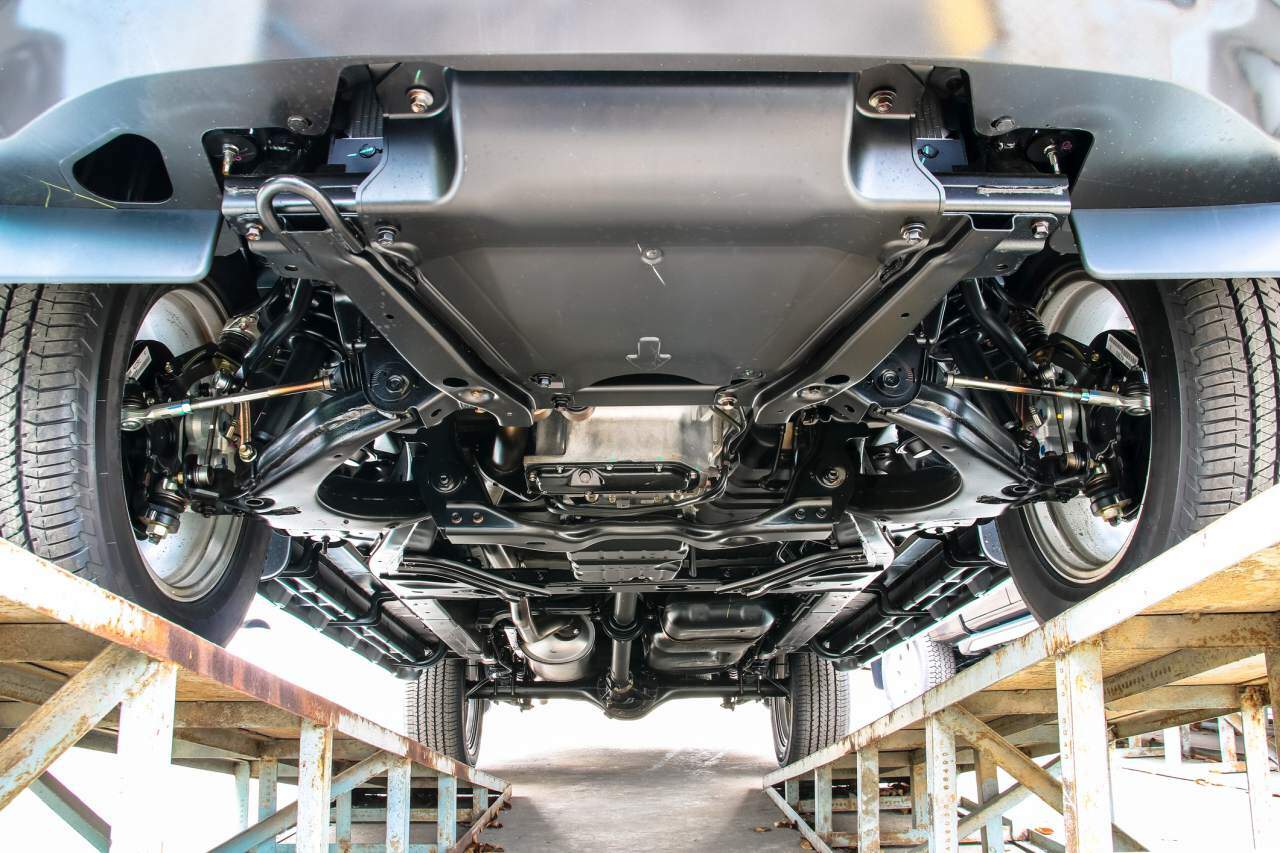
A Comprehensive Guide On How To Clean Car Air Conditioning
Wondering how to clean car air conditioning? Caring for your car’s climate control calls for a combination of keen observation and a bit of elbow grease. If you’ve ever turned on your air conditioner only to be met with hot air instead of cool air, or noticed a musty odour coming from the air vents, then you know how frustrating it can be.
Starting with the basics, such as checking and replacing your car’s cabin air filter, is essential, yet it’s just the tip of the iceberg. To make a complete clean, you’ll also need to address the air vents, evaporator, and all accessible areas where dust and microbes love to linger, such as a dirty filter.
What follows are steps that might seem challenging at first glance, but we promise, the process is straightforward and immensely rewarding. Stick around to uncover how a few simple tools and techniques can transform the air quality in your car, making every journey more enjoyable.
Why Cleaning Your Car's Air Conditioning System Is Important
Eliminating unpleasant odours from your car’s air conditioning, caused by mould, mildew, and accumulated dirt, is essential for maintaining a fresh and healthy interior environment.
Regular maintenance and cleaning of your car’s air conditioning system play a vital role in preserving ideal air quality and preventing the growth of bacteria and mould, which are common culprits behind these odors.
Thorough cleaning ensures the ventilation system works efficiently, removing contaminants that can affect the health and comfort of passengers.To tackle these issues, focus on cleaning the system thoroughly, addressing both visible parts and internal components where mold and bacteria thrive.
How To Clean Car Air Conditioning: Initial Preparation Steps
Understanding the importance of a clean air conditioning system in your car sets the stage for the initial preparation steps necessary for a thorough cleaning.
First, make sure your car’s engine is turned off and open the windows to guarantee safety and proper ventilation. This precaution is essential to avoid inhaling any harmful substances during the cleaning process.Next, locate the air intake vents and meticulously inspect them for any debris that could impede air flow or harbour bacteria. Removing these obstructions enhances ventilation and prevents the recirculation of dust and allergens.
Following this, evaluate the cabin air filter’s condition. If it’s clogged or dirty, replacing it is vital for maintaining air quality.These preparatory actions lay the groundwork for a successful cleaning of your car’s air conditioning system, ensuring it functions efficiently and healthily.
Cleaning Interior Vents
To effectively clean your car’s interior vents, start by selecting a foam sponge and a gentle cleaning solution to remove the accumulated dirt and grime. For your car air conditioning system to function properly, it’s important to pay attention to the vents, especially the narrow spaces that are prone to collecting dust.
Dip the foam sponge in the cleaning solution and wring it out to avoid dripping. Gently scrub the surface of the vents, ensuring you reach into the narrow areas for a thorough cleaning. It’s important to use a cleaning solution that won’t damage the vent surfaces.Rinse the sponge as needed to remove dirt buildup and repeat the process until all surfaces of the interior vents are visibly clean. This meticulous care will notably enhance the air quality of your car’s air conditioning system.
Cabin Filter Maintenance
After thoroughly cleaning your car’s interior vents, it’s equally important to focus on cabin filter maintenance to guarantee the air inside your vehicle remains clean and free of pollutants.The cabin air filter, typically located behind the glove box, needs regular cleaning to remove dust and debris, ensuring your air conditioner runs efficiently. For critical maintenance, use an air compressor for a deep clean, blowing out particles that can impede airflow.
Addressing the Condenser
When addressing the condenser, located at the front of your engine bay, it’s important to carefully remove any dirt and debris to guarantee efficient heat dissipation and prevent airflow blockages. Start by making sure the engine is cool to avoid any risk of injury.
Using a soft brush or compressed air, gently clean the condenser fins. Be cautious not to bend the fins or wet electrical components, as this could lead to damage and safety hazards. Removing obstructions makes sure the condenser can release heat effectively, preventing overheating of the system.After cleaning, reassemble all parts securely to maintain the air conditioning’s efficient cooling. This meticulous approach helps sustain your vehicle’s air conditioning performance, making sure a comfortable driving experience.
System Disinfection Methods
Ensuring your car’s air conditioning performs at its best involves not just cleaning the external components but also focusing on the system’s interior, specifically through disinfection methods to tackle bacteria and mold growth.
Use an enzymatic cleaner to address these concerns effectively. This type of disinfectant spray cleaner is adept at eliminating bacterial infections and preventing mould build up within the evaporator core, a common source of unpleasant smells.Regular disinfection is important; it not only eradicates up to 99% of bacteria but also greatly improves air quality, ensuring a healthier environment especially for those with respiratory sensitivities.
Professional Cleaning Benefits
Opting for professional cleaning of your car’s air conditioning system offers significant benefits, including the thorough evacuation of refrigerant to facilitate in-depth component cleaning. This step is important as it guarantees that every part of the system, especially the evaporator core, is free from contaminants.Professionals use specialised tools to reach deep into the air ducts and vents, eliminating mold, bacteria, and persistent odours with targeted disinfectants. This extensive cleaning isn’t something you can easily achieve on your own.
After the system is meticulously cleaned, it’s recharged with the proper refrigerant. This guarantees your air conditioning works efficiently, providing you with cooler, cleaner air. Professional cleaning not only extends the life of your system but also enhances your driving comfort.
Regular Maintenance Schedule
To maintain your car’s air conditioning system at peak performance, it’s vital to adhere to a regular maintenance schedule, including cleaning the air filter every 10,000 miles or annually. This not only prevents bacteria build-up but also guarantees prime air quality.
Incorporate maintenance tips like vacuuming and dusting the system regularly to maintain efficient functioning and avoid mechanical issues. A regular inspection should include checking the radiator to prevent overheating and ensuring uninterrupted airflow for better fuel economy.
Additionally, recharging the refrigerant every two years is critical for maintaining efficient circulation and cold air production. Following a detailed service schedule for air conditioning maintenance is key to addressing poor functioning promptly and improving overall performance.Using a cleaner designed for air conditioning systems can further enhance air quality and system efficiency.
Conclusion
In wrapping up, you’ve now tackled every facet of cleaning your car’s air conditioning system. Make sure you’ve followed each step precisely, from the initial prep to the detailed cleaning of vents, cabin filter replacement, condenser checks, and system disinfection.
Remember, leveraging professional services can elevate the freshness and efficiency of your system. Stick to a regular maintenance schedule to prevent future buildup and keep your air quality pristine.






comments 0